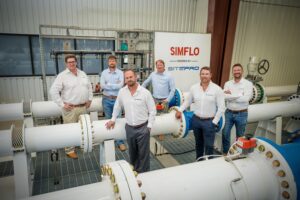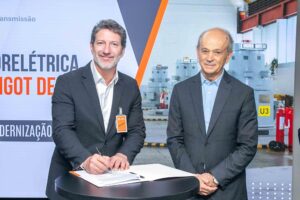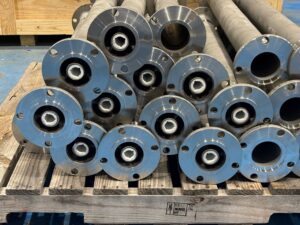Australia – Membrane sewage system good for Great Barrier Reef
Australia 's first membrane bio-reactor wastewater treatment plant, on Magnetic Island in Queensland, has been praised by environmentalists concerned about the well being of the Great Barrier Reef Marine Park, and has attracted significant local government interest.
Magnetic Island, off the coast from Townsville, is located within the Marine Park and has some 2,000 residents. It is also a popular tourist destination. The Townsville Council 's sewage and water authority, Citiwater, chose to install the membrane bio-reactor (MBR) after extensive investigations. It was identified as a safe, socially acceptable and environmentally sustainable sewage solution in an area as fragile as the Reef.
Located at Picnic Bay, the MBR system treats the island's sewage and wastewater, including that from nearby Nelly Bay pumping sub-station. Three Grundfos 50 kW submersible wastewater pumps are located at Nelly Bay - two installed side by side, while the third is on standby for installation as part of the backup system. Each of the installed pumps works on a demand basis pumping raw sewage to the main Picnic Bay plant, about a kilometre away. The pumps have a 54 metre head and operate at 39 litres per second. Drainage is via an overflow system into an emergency holding area.
The main Picnic Bay station services 2,000 people per day, and treats half a million litres of water every 24 hours.The plant uses 12 Grundfos pumps provided by Liquitech (Qld) Pty Ltd, of Townsville. Four Grundfos submersible wastewater single channel impeller pumps are used to assist in removing nitrogen from the sewage, and each has to handle water containing 1.5 percent solids.
Two Grundfos submersible wastewater SuperVortex pumps are used with balancing tanks, lifting pre-treatedsewage to a storage tank before pumping it back for further treatment. During the treatment process, wastewater is pumped through the MBR, which filters out all bacteria and many viruses. The sludge sits in the bio-reactor before being drawn off to a drying bed, and is eventually is transported to a dump as topsoil filling.
After the sewage has been treated, two Grundfos submersible wastewater transfer pumps move the water to nearby Picnic Bay Golf Course for irrigation. All eight wastewater pumps are dry well mounted, work independently and are controlled by a logic computer. Townsville's Citiwater Technical Services Engineer, Peter Turl, says "that the MBR process ensures that the nutrient levels discharged by irrigation and wet weather overflows will be very low, and present no threat to the environment." "Townsville is pleased to lead the way with this environmentally friendly sewage solution," he says."It is already creating great interest."
Source: Grundfos Holding A/S







